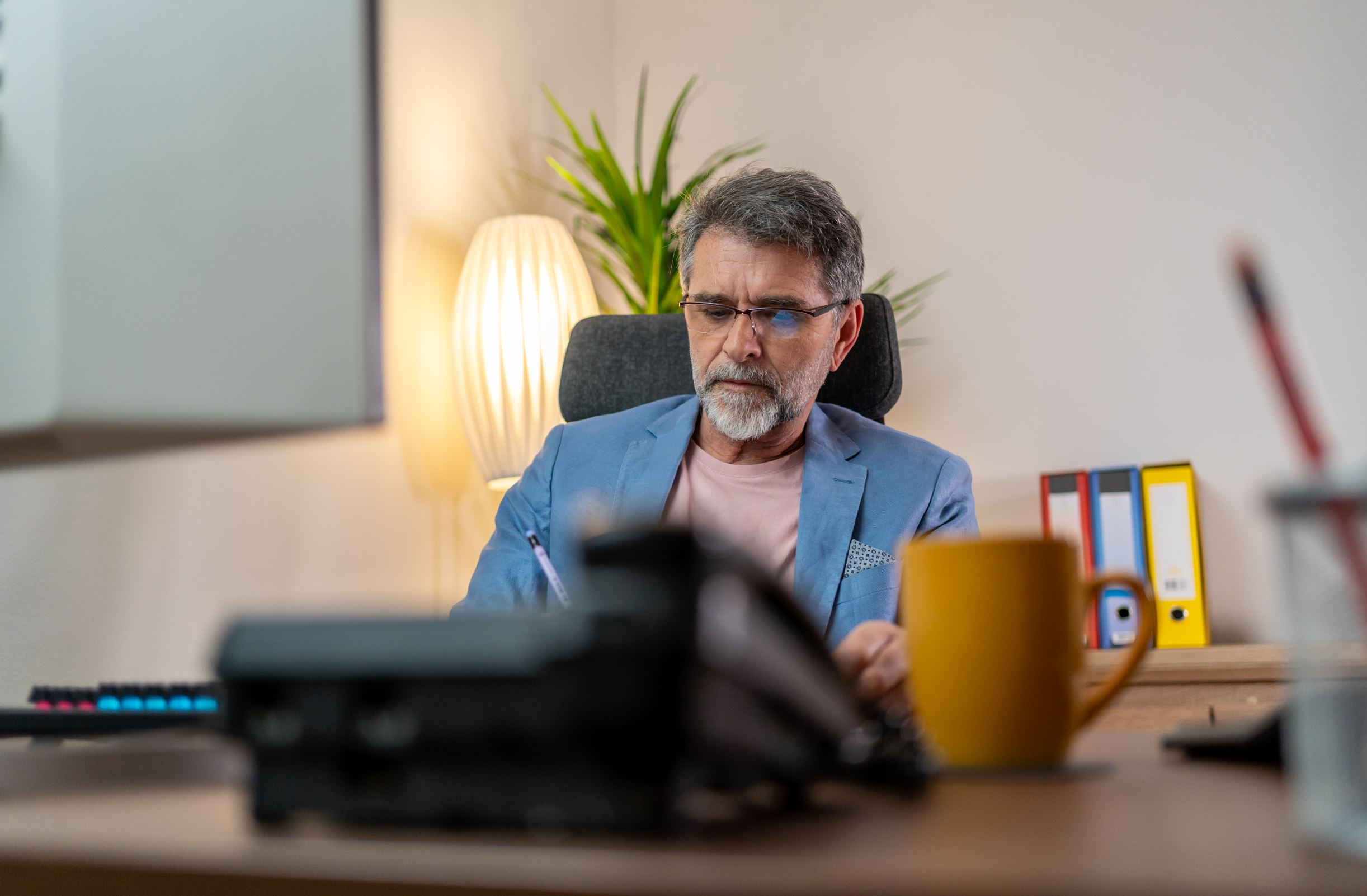This was a provocation offered by Professor Pat Thomson, a former principal now luminary education scholar who’s just moved from UK’s University of Nottingham back to Australia.
She was speaking about her research with UK headteachers at an educational leadership session at the Australian Association of Research in Education (AARE) conference held in Melbourne late last year.
“All those efforts to clean up the red tape, offering gym passes, counselling, all the band aid measures, they’re still necessary, but something more is required.
"The education system has to re-conceptualise the role to attend to its central demands as well as what happens on the ground in schools,” Thomson said.
“If school leaders just didn’t do the admin, just stopped, schools would collapse. So how do you redesign the role so that it’s sustainable?”
She spoke about her research into the challenges of school leaders’ work in the two years to March 2022 with peer education Professor Toby Greany from Nottingham university.
Quotes from leaders included: “I barely got through it”, “I haven’t been able to be the head I wanted to be” and “I never thought I’d do anything else – it was the best job in the world”.
Thomson said these sentiments have become common internationally.
Attrition is also a hot topic.
“We found there’s a lot of uncertainty about leaders leaving or staying the profession, but what’s interesting about them making that decision is that they’re amenable to intervention.”
One idea is to reduce what contributes to their work stress.
Emotional labour a crunch point
Meanwhile, Jane Wilkinson from Monash University shared a principal’s testimony from research she is leading on public school principals’ emotional labour: about having to make “split-second decisions that training can’t prepare you for”.
Her Australian Research Grant project which involves Monash, Deakin, and Sydney universities, is investigating the emotional labour of Australian public-school principals.
Wilkinson spoke about the evolving challenges of principals’ work in Australia.
She referred to longitudinal studies of Australian principals also involving the Australian Catholic University. Those studies show that “principals are stressed and burnt out, there are equity demands, care for all students, levels of violence at a historical high.
“What we’re seeing at the broader societal level in Australia is record levels of mental health issues, and an increasingly polarised society, due to a rising gap between the rich and poor and the rise of social media which fuels more polarized/toxic conversations.
"All of that impacts the role of the principal and their emotional labour.”
Wilkinson argues that such labour is “still poorly understood in research on principals’ work and so it remains largely invisible, but this kind of emotional work is a crucial part of the profession”.
Although this work isn’t easily quantified it is the emotional intensity of such work that makes it so demanding.
That is an aspect of the job that many people outside education don’t recognise.
“When it comes to the caring professions, such as working in health, social work or education, there is one key difference. In health or social work, your encounters with people/clients tend to be ‘one off’ or for a short period of time only.
"This contrasts with the ongoing nature of education, where you’ll see the students/parents/teachers on a regular, ongoing basis.
"So, if you’re a health worker or a social worker, you might deal with a critical incident, but it’s highly likely you won’t see that person again. In our schools, a principal might see that person or family for six years. That carries a kind of emotional labour that’s quite distinct,” she said.
“We’re thinking deeply about what it means for public school principals to carry out this emotional labour in more socially volatile times.
"What is not well understood is that a key part of their role is having to wear a mask of professionalism, no matter how they may be feeling inside, when dealing with both the daily stresses of the job and the more extreme, ongoing stresses."
Over time, this can really take a big toll on principals’ work satisfaction and mental health, particularly if they are not well supported when these stressors occur.
"So, our study is looking at what this labour means in the context of being a public school principals’ and how our research can support principals, though, for example, greater awareness raising of the key role of principals’ work and potential policy changes to the role” Wilkinson said.
She relayed a testimony from a principal who was assaulted by a dysregulated student who had left school grounds and was in danger.
The principal’s employer, the department of education, followed up with the child, but not the principal.
“That’s something principals are telling us – who or what is being valued here, we ask?” Wilkinson said.
The long-range view
So, what are the long-term effects of principals’ work on their wellbeing? That was a focus of another speaker at the AARE session, Associate Professor Jiesi Guo from the Australian Catholic University.
He spoke about his project’s annual survey of 7,000 school leaders since 2011.
“The demands of work, the amount of work, work pace, cognitive demands, emotional demands and hiding emotions, they’re all up from the 2014 report card and well above the general population,” Guo said.
He explained from which sectors the survey responses came: about six in 10 were from government schools, 10 per cent Catholic, about 7 per cent independent and one in five respondents preferred not to say.
School leaders who took part in the survey work in primary or secondary schools and across major cities, inner regional and outer regional areas.
“The 2022 results also showed the teacher shortage, staff mental health issues and the lack of autonomy and authority for principals were the highest sources of stress after the sheer quantity of work,” he said.
As well offensive behaviour had increased spanning physical violence and conflicts with the “overall picture terrible”.
The 2022 results showed about half of respondents had a red flag for stress in 2022, an 18 per cent increase on the previous year; 35 per cent of leaders had a psychosocial risk red flag in 2022 and 15 per cent of leaders had more than one red flag.
The researchers explain red flags as emails they’ve sent out to participants if the latter score too highly on certain psychosocial risk indicators. And, there are different kinds of ‘red-flag’ emails, explains the lead investigator of the study, the Australian Health and Wellbeing Project, Theresa Dicke.
“For example, if participants have very high values in burnout and other work occupational hazards, they receive a red-flag email for those. Or if they score too highly on self-harm, they receive a red-flag email for that.”
Among the results was a silver lining from the well-named ‘education state’ of Victoria. School leaders there reported the lowest level of serious mental health concern compared to the rest of the country.
As well, Victorian leaders consistently report the highest job satisfaction.
It’s not just a matter of templating that education jurisdiction’s approach to principal wellbeing in other states, Guo said, instead offering an unexpected twist.
“Expanding the focus of health and wellbeing programs beyond principals to educators and bringing in the helping professions to help parents, students, carers.
"Integrate that health and wellbeing program into a wider community health framework to contribute to a more resilient and healthy society.”
“What’s important is the co-design and collaboration between all stakeholders. Also, key is not just implementing programs without testing their effectiveness (evidence-base)," Dicke adds.
Pointing to a system and society-wide solution may well be how and where a reframed role of principal could more sustainably sit.
The author attended the AARE conference as a media representative for EducationHQ.














